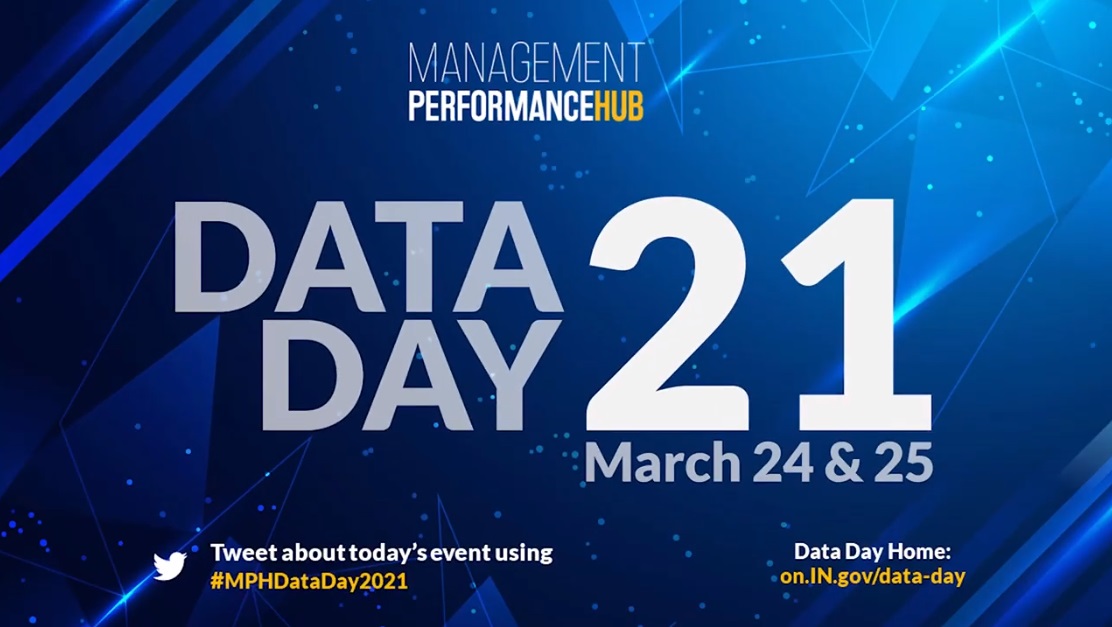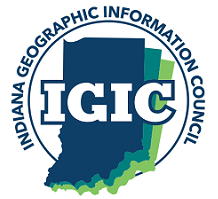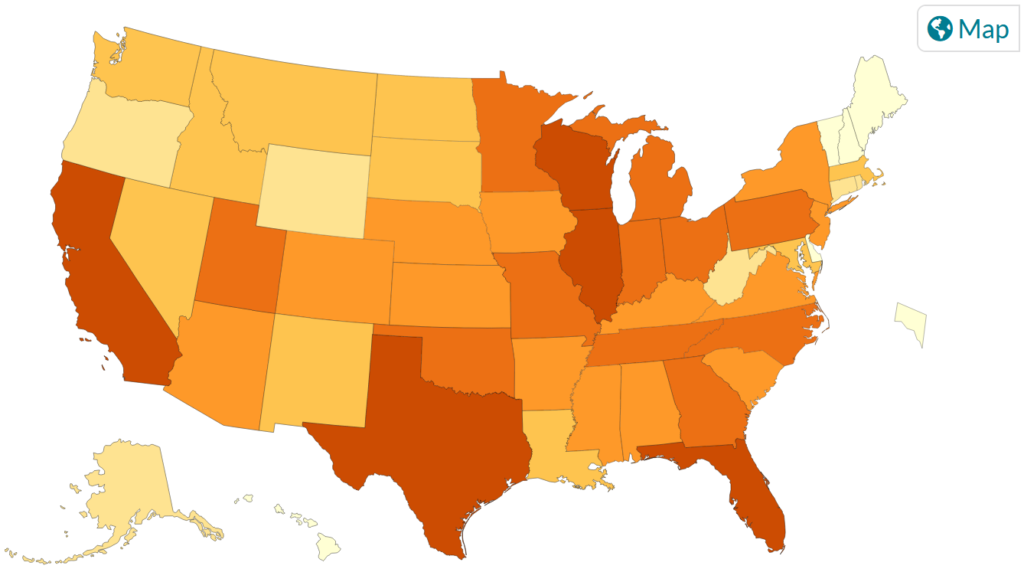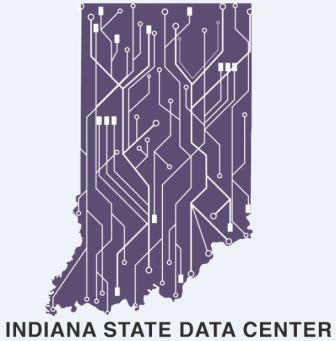In 2021, there have been a healthy amount of professional development offerings for Indiana residents interested in developing their data skills. With many of us working remotely for part of the year, these offerings can be explored from work or home.
Earlier this year, Indiana’s Management Performance Hub hosted Indiana’s Data Day virtually over two days in March. You can watch the event here on the MPH website.
 The MPH also offers a free ongoing proficiency program in data skills. You can take the classes online and earn points here.
The MPH also offers a free ongoing proficiency program in data skills. You can take the classes online and earn points here.
In April, the Indiana SDC Program, IGIC and GENI co-sponsored a webinar with Lorraine Wright, “GIS in the 1700s! Indiana’s Historic Land Record Field Notes Digitized into Online Maps.” The recording is available here on YouTube.
The Census Bureau made several opportunities available upon the release of the 2020 Census PL-171 redistricting data in August. These data provided the basic final counts for the 2020 Census down to the census block level. Take a look at the Census Academy here, with the most recent video at the top of the page, The Comprehensive Course for Accessing 2020 Census Redistricting Data. View additional recorded webinars going back to 2016 here.
 In October, also co-sponsored by IGIC and GENI, the SDC offered a webinar for accessing the data, “Accessing Data for Local Redistricting.”
In October, also co-sponsored by IGIC and GENI, the SDC offered a webinar for accessing the data, “Accessing Data for Local Redistricting.”
In November, for Indiana Library Federation attendees, the SDC Program provided “Finding and Using Indiana’s Data Access Points, Census and More.” Thank you for those of you who were able to attend under challenging circumstances!
This month, the Indiana State Data Center hosted its annual training meeting online. Our three speakers from the Census Bureau were Andrew W Hait, Ronald Williams and Michael B Hawes. Recordings of these sessions will be available soon and each session will be eligible for one LEU for Indiana library staff.
In the summer of 2022, the Census Bureau will release a file called the DHC, or the Demographic and Housing Characteristics file. This will contain what has been called in the past – Summary File One, or SF1 data – for the 2020 Census. The State Data Center will provide access to the data and training for retrieving the data upon release.
This blog post by Katie Springer, reference librarian. For more information, contact the Reference and Government Services Division at 317-232-3678 or submit an Ask-A-Librarian request.





